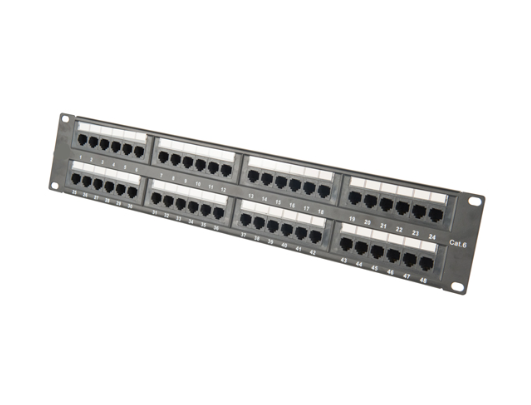News
Site Editor
 Site
https://leonetworkgroup.usa18.wondercdn.com/uploads/image/5fe152faa587d.png
Roof heating cables are essential equipment for colder climates. They help prevent ice dams and damage to rooftops during winters. However, as with any equipment, these cables also require periodic testing to ensure they are functioning correctly. Below are some steps to test roof heating cables.1. Check the cablesBefore testing, inspect the heating cables visually to check for any apparent damage
Site
https://leonetworkgroup.usa18.wondercdn.com/uploads/image/5fe152faa587d.png
Roof heating cables are essential equipment for colder climates. They help prevent ice dams and damage to rooftops during winters. However, as with any equipment, these cables also require periodic testing to ensure they are functioning correctly. Below are some steps to test roof heating cables.1. Check the cablesBefore testing, inspect the heating cables visually to check for any apparent damage
How To Test Roof Heating Cables
Views: 448
Author: Site Editor
Publish Time: 2023-07-12
Origin: Site
Roof heating cables are essential equipment for colder climates. They help prevent ice dams and damage to rooftops during winters. However, as with any equipment, these cables also require periodic testing to ensure they are functioning correctly. Below are some steps to test roof heating cables.
1. Check the cables
Before testing, inspect the heating cables visually to check for any apparent damage. Look for cuts, knots, or unplugged sections in the cable. Also, check that the cables are properly attached to the roof. If any damage is visible, it needs to be fixed before testing can begin.
2. Turn it on
After checking the cables, turn on the heating cable system. It is essential to examine each cable and ensure all of them are working. If you have a thermostat controller, adjust the temperature and turn on the heating cables. The cables should start to warm up, indicating that they are functioning correctly.
3. Temperature readings
Many heating cable systems come with temperature sensors that allow you to monitor the temperature of the cables. Use a thermometer or a thermal imaging camera to test the temperature of the cables' surface. You must ensure the cables reach their operating temperature within a reasonable amount of time. You can consult the manufacturer's instructions to determine the correct temperature range.
4. Check power supply
Checking the power supply is an important step in testing roof heating cables. Use a voltmeter to verify that the voltage supplied to the cables is correct. Incorrect power supply can lead to underperformance or damage to the heating cables.
5. Consult a professional
If the cables fail these tests, you may need to replace them. Ensure you follow the manufacturer's instructions to replace the heating cables. It is crucial to consult a professional roofer or electrician if you encounter any difficulties. You can also schedule regular maintenance appointments for your roof heating cables.
6. Record the results
Finally, record the results of your tests in a log. This way, you can compare results over time and identify any potential issues with your heating cable system. Be sure to include the date and any notes about the test.
In conclusion, testing roof heating cables is a necessary process that ensures they are working correctly and effectively. It is easy to do and can save you from expensive repair costs, energy bills, and potential roofing damage. Always follow the manufacturer's instructions and consult professionals as needed.
If you want to know more about industrial network cabinet,china fiber optic splice closure,china fiber optic distribution box,please consult the fiber optic splice closure factory









